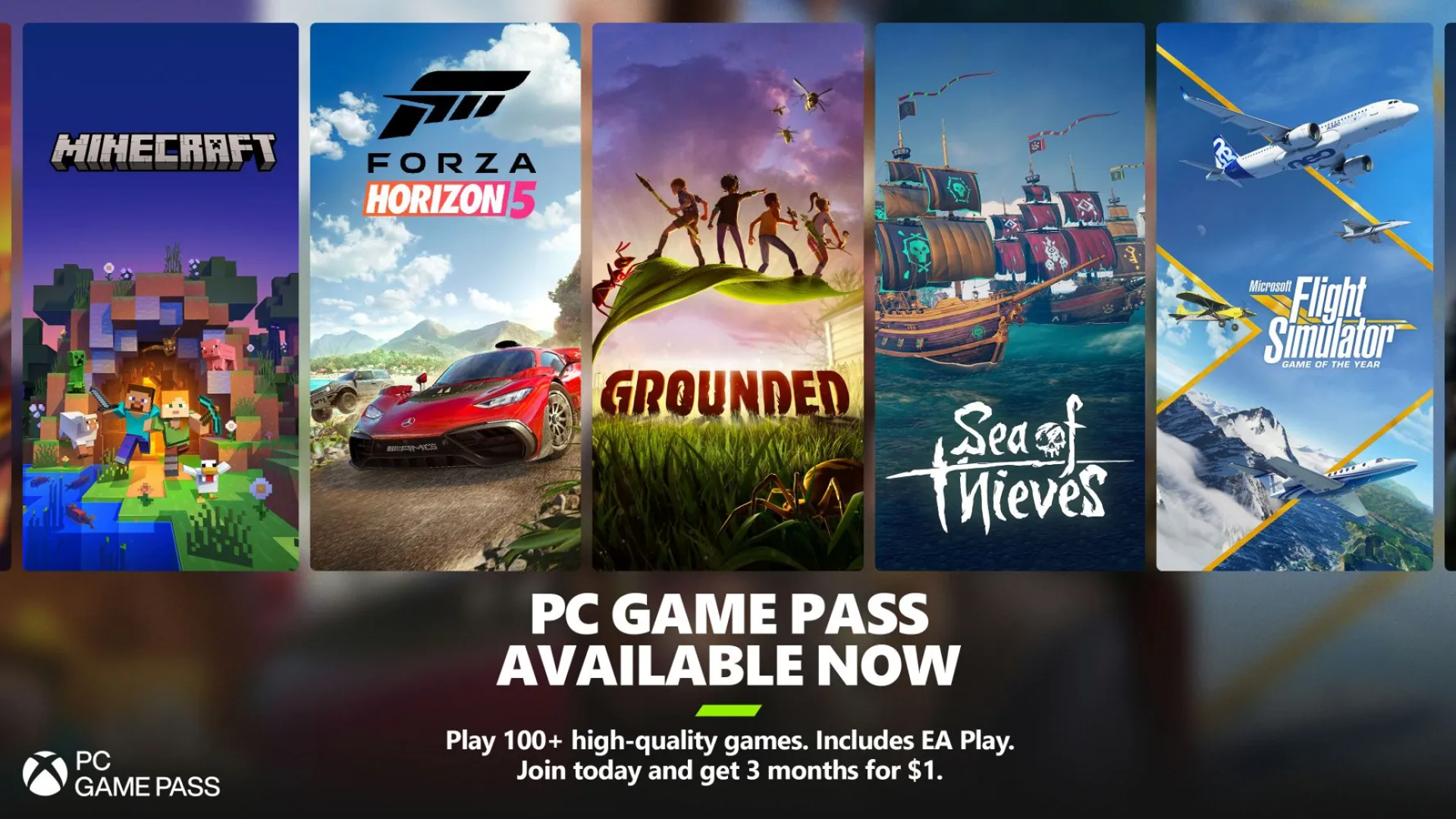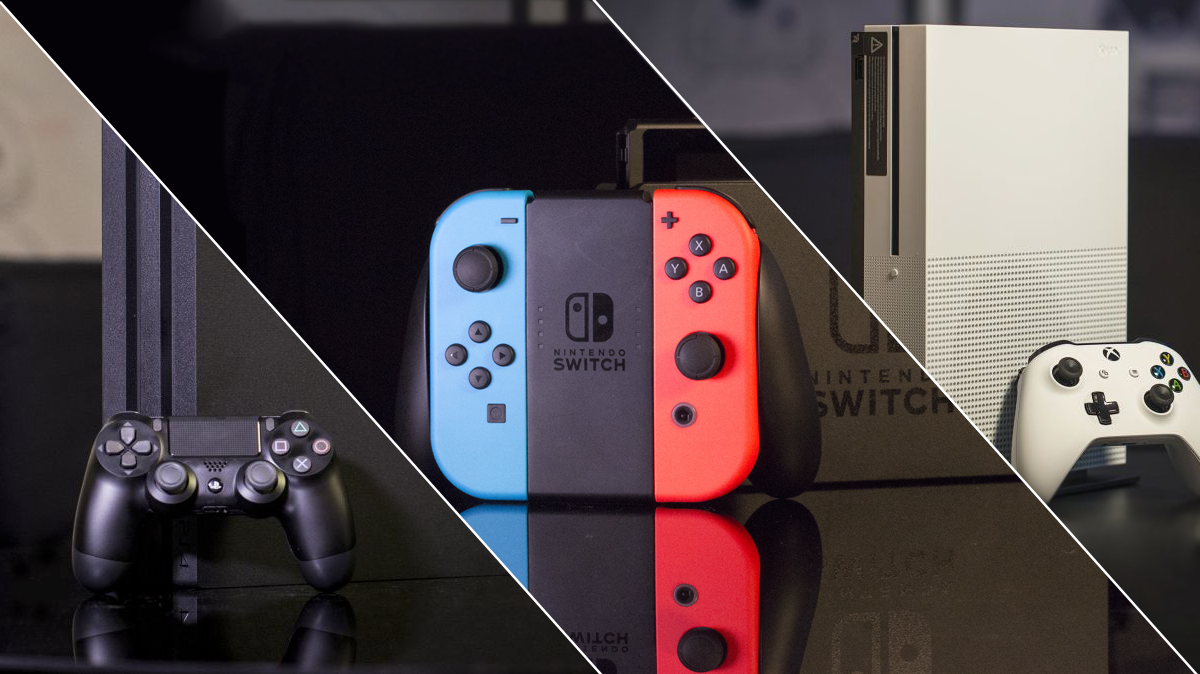The Pillars And Icons Of The Rhythm Game Genre

Rhythm games have become a staple genre of video games, dating back to the mid-1990s, but considering that there are so many control schemes and themes that they use now. It’s important to understand where they came from, not just for their memorable songs and flashy visuals. While it’s impossible to cover every single control scheme, this article will cover the most iconic and important rhythm games, with revolutionary features or iconic controls, acting as the pillars of the genre.
Each game will be covered by the first game in the series, or the first version that resembles the modern classic version of the game. This includes specific releases, such as the arcade, console or PC release of the game, depending on which one is seen as the best modern classic of the series.
Beat Mania
[embedyt] https://www.youtube.com/watch?v=Ll9IGVRE9iA[/embedyt]
Beat Mania was an arcade rhythm-based game, developed by Konami in 1997. The game puts the player in the shoes of a club DJ, which was rather fitting for the time it was released. Beat Mania features a set of buttons to press that resemble a DJ deck, adding to the immersion of the game. The player reacts to notes falling down columns on the screen and taps the correct button when the note reaches a point at the bottom of the screen.
While this type of gameplay is now seen as simple and generic, Beat Mania revolutionized the falling notes style of gameplay, where the player reacts to notes that fall down the screen in rows. Beat Mania also introduced the timing system to measure the player’s timing of button presses, measured from Perfect Great to Poor as well as the accuracy system to show how accurate the player was in each level overall, which almost all rhythm games have implemented in some form or another since then.
Dance Dance Revolution
[embedyt] https://www.youtube.com/watch?v=GaFTZwBEXO8[/embedyt]
Konami also developed and published Dance Dance Revolution, released in 1998 in arcades. Dance Dance Revolution takes a similar “Notes in Rows” style of gameplay but pairs it with the iconic Dance Pad as the main controller, using the player’s feet to give inputs on arrow keys as if they are dancing. Just like Beat Mania, Dance Dance Revolution has a high score, accuracy, timing system and combo counter on top of a life meter, which determines if you fail or pass the level. The life meter goes up or down depending on your hitting or missing notes.
Throughout all the Dance Dance Revolution games, on PC, arcade and console, each song also has different difficulty levels within it, with modern games having difficulties ranging from Beginner to Challenge. These difficulties affect the speed, the number of notes that appear as well as the complexity of the notes that appear on screen, which is also a staple mechanic of modern rhythm games.
Taiko No Tatsujin
[embedyt] https://www.youtube.com/watch?v=cpe-mM8UE5I[/embedyt]
Taiko No Tatsujin was first released in 2001, developed by Bandai Namco. The game featured a side-scrolling notes style of gameplay, with players utilizing a drum controller and drumsticks to hit specific notes by hitting the center or ridge of the drum. This is based on the traditional Taiko drums of Japan, which are used for all kinds of festivals and ceremonies, including celebrations. The drum controller used by the arcade game is almost exactly like a real Taiko drum down to the drumsticks bouncing off the skin of the drum.
One unique game mechanic is the multiple types of spamming obstacles, where you need to hit the drum a certain number of times quickly to pass the obstacle. Difficulty increases also add on to the speed and number of notes to hit, much like the previously mentioned rhythm games.
Guitar Hero/Rock Band
[embedyt] https://www.youtube.com/watch?v=R8m4RDGyPmE[/embedyt]
Guitar Hero was released in 2005, originally developed by Harmonix. Guitar Hero was a smash hit on consoles, coming with a Guitar-shaped controller that used buttons and a strum bar in order to react to notes on the screen, mimicking the chords on a real guitar. The game also included a career mode, competitive and multiplayer modes to compete with your friends or play through all the songs solo.
Company RedOctane, which specialized in making unique gaming controllers, helped to create the signature controller for Guitar Hero, which helped to add more at-home controllers for rhythm games. While the further spiritual successor made by Harmonix would continue and expand on this trend, Guitar Hero was the pioneer for the control scheme and the at-home rhythm game genre.
[embedyt] https://www.youtube.com/watch?v=Matd4Kcptyc[/embedyt]
Speaking of which, in 2007, after Guitar Hero was bought out by Activision and the development was handed off to Neversoft, Harmonix began working on Rock Band. Rock Band is a very similar game to Guitar Hero, a game that expanded on the formula that Guitar Hero set by adding on other instruments such as a drum kit, lead guitar, bass guitar and keyboard as well as even vocals using a microphone, allowing for you to either choose an instrument to play or play with a group of friends.
Osu!
[embedyt] https://www.youtube.com/watch?v=T48lYZDmMPA[/embedyt]
While the original Osu! Tatakae! Ouendan games were not nearly as successful, game developer Peppy was inspired to create a more modernized PC version of the game. Osu! is a free-to-play rhythm game that focuses on a mix of timing taps to the beat with aiming to click notes and sliders that appear on the screen. Osu! has a very unique gameplay style as it is equal parts aiming and rhythm, with both playing a key part in the skill ceiling.
Another reason that Osu! has become such an icon of the rhythm game community is, well, the community. Every beatmap is made by a community member or members, including the visuals, level design, multiple difficulties and so on. There is a live leaderboard for each level as well as a total scoreboard using the Performance Points (PP) system, which tracks all players globally.
There are also Multi matches, which are live matches in that players can compete again each other, with a live score tally to keep track of who wins. Osu! has been community-driven ever since the beginning and it is still thriving to this day, with a new updated version called Osu! Lazer being in development currently.



Leave a Comment